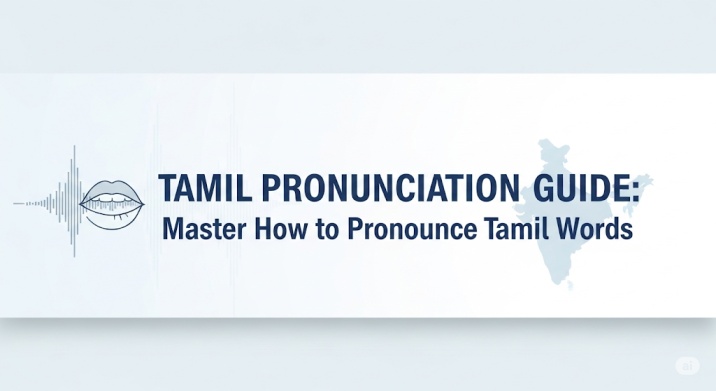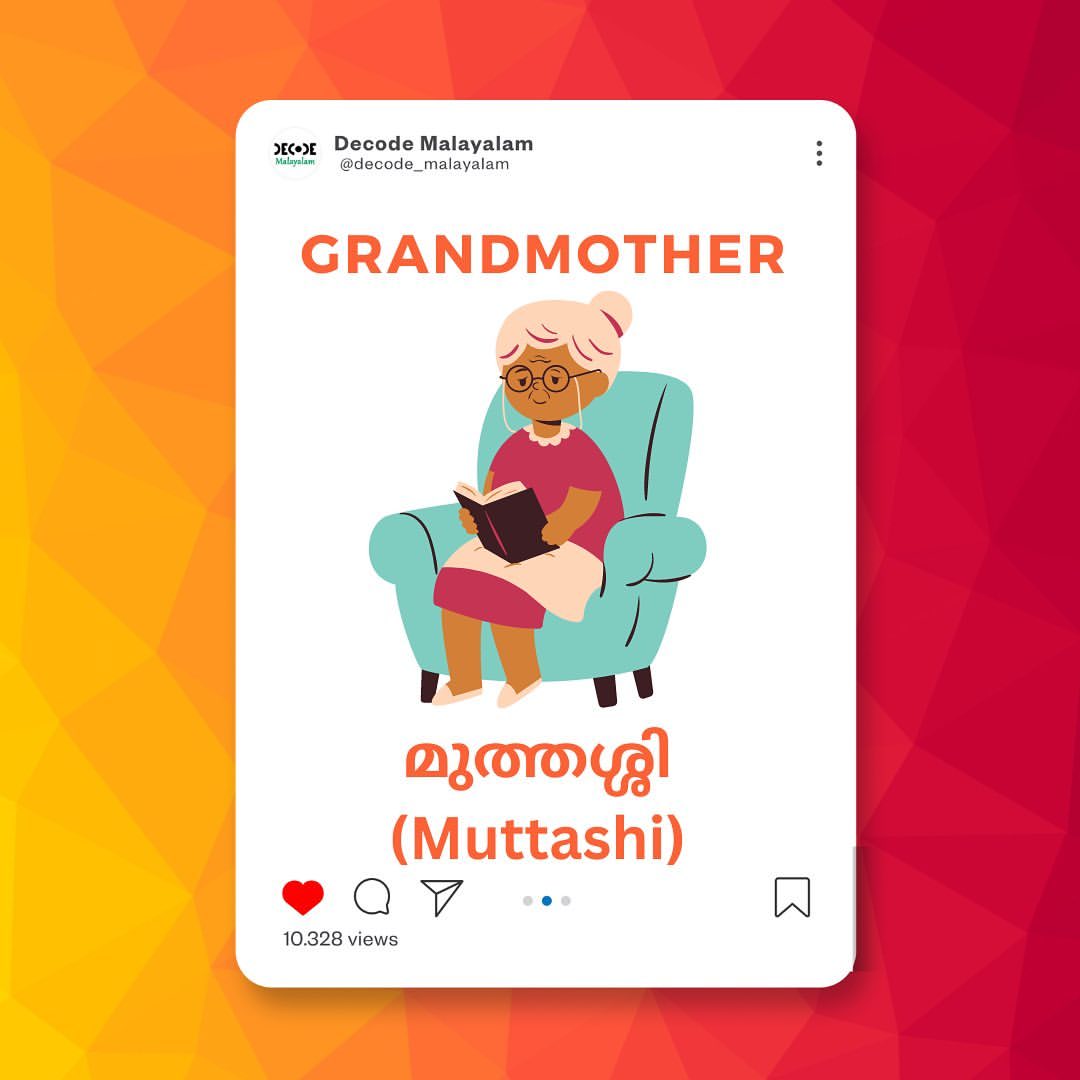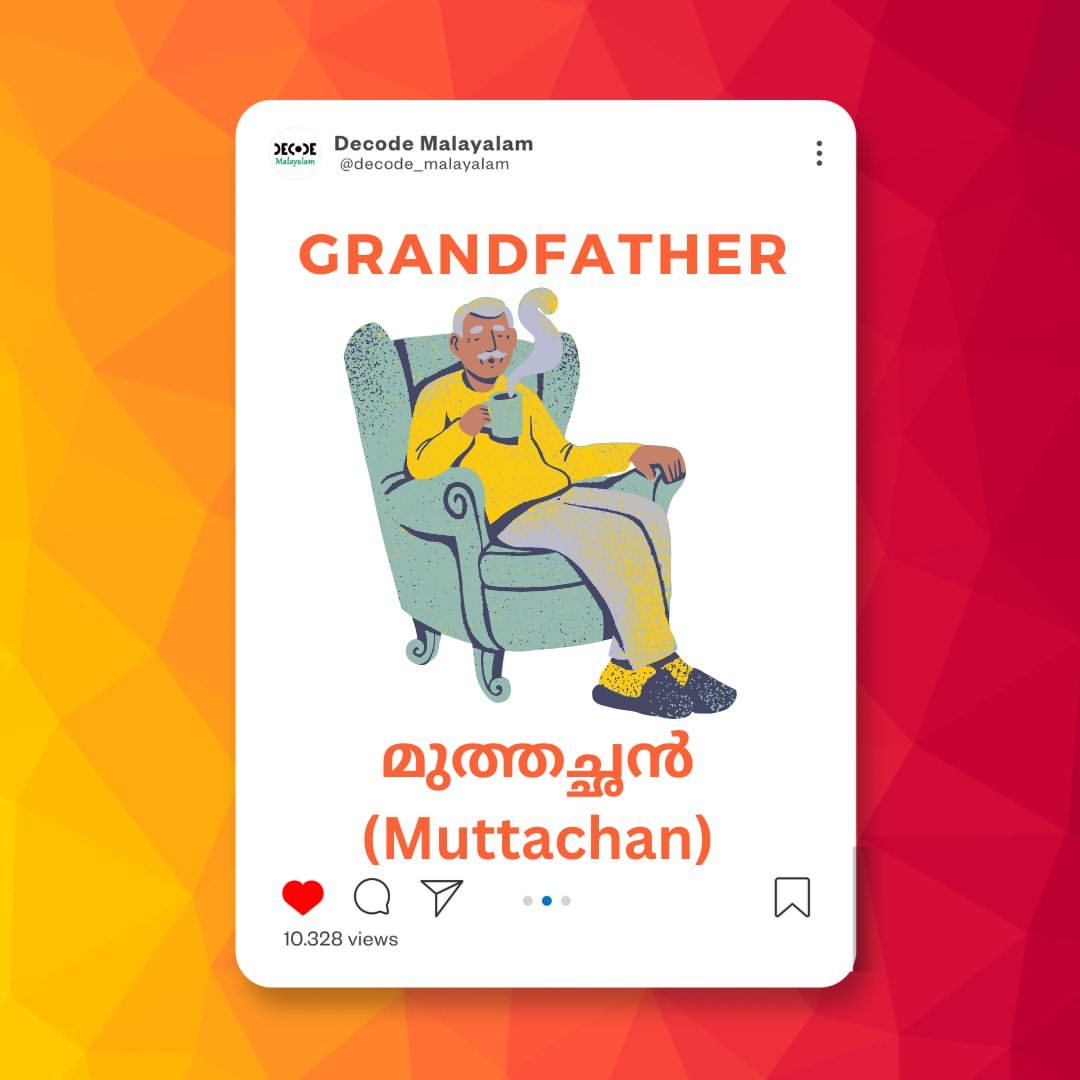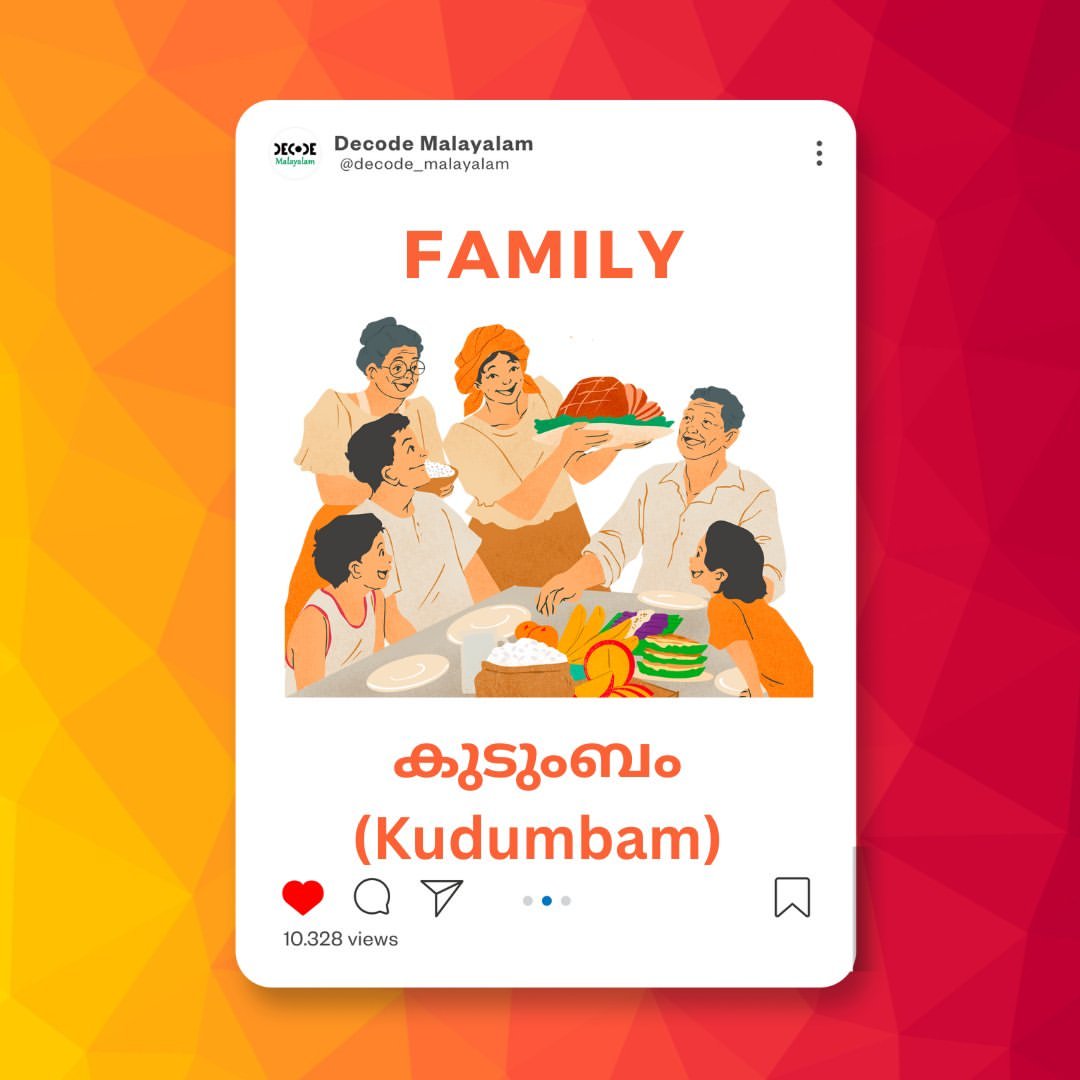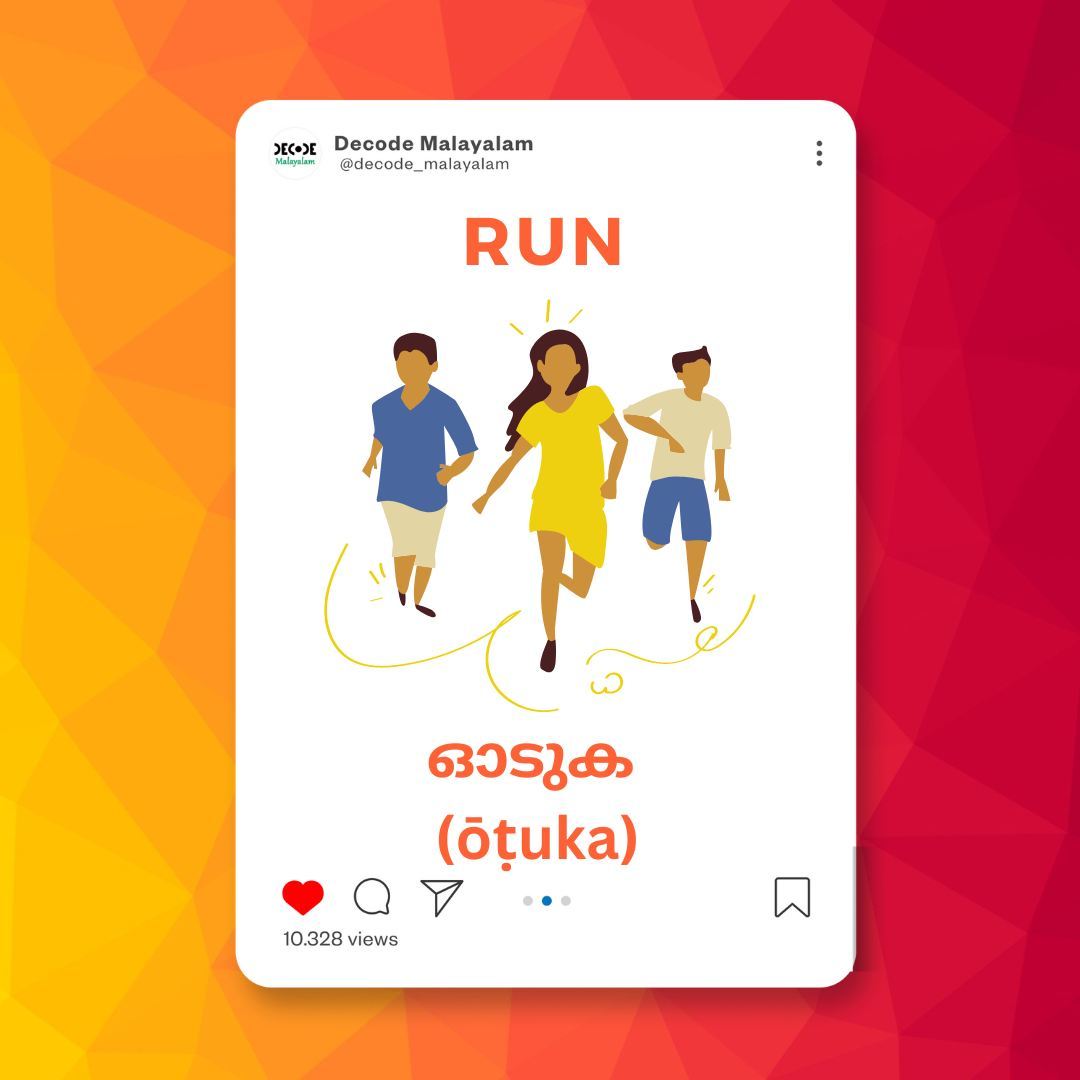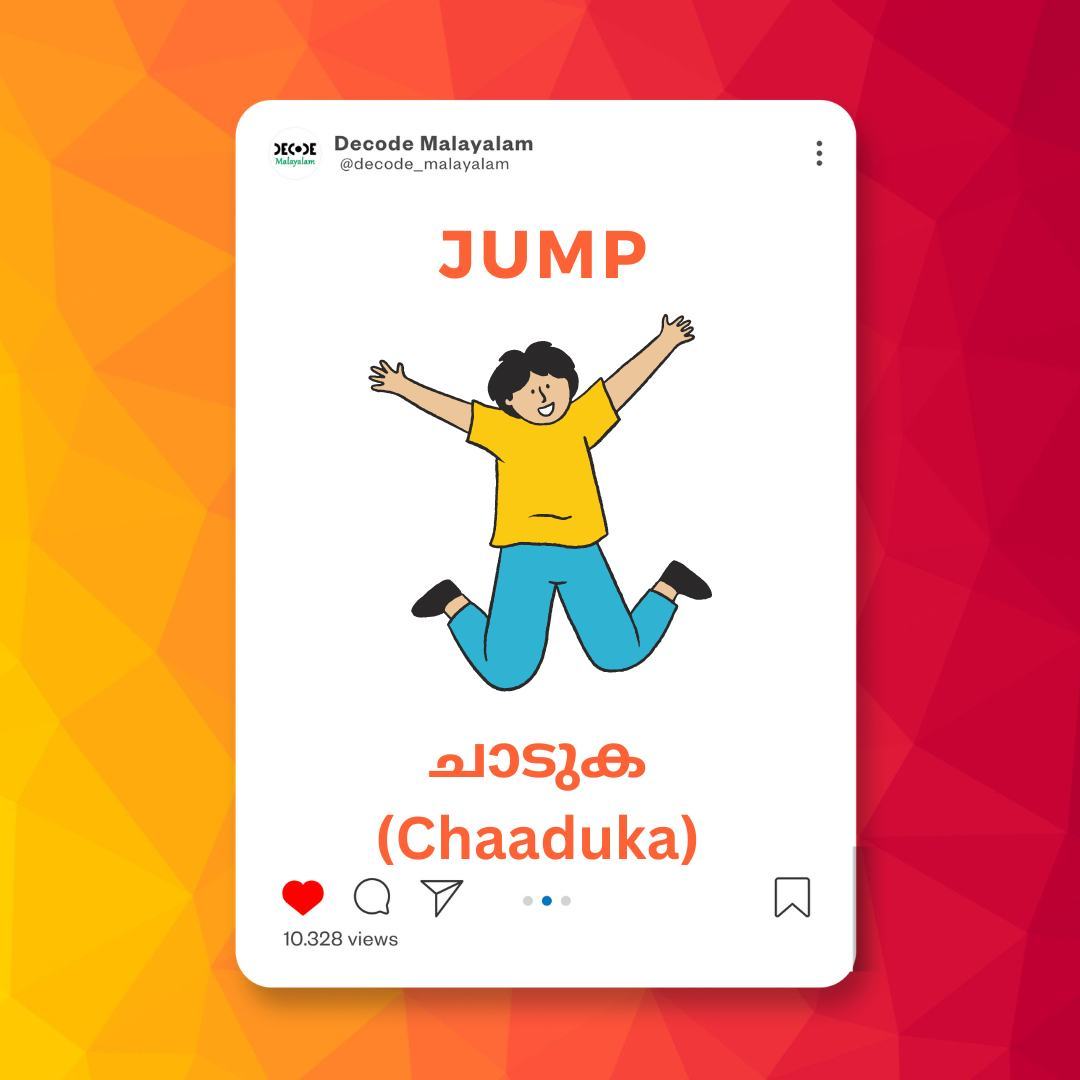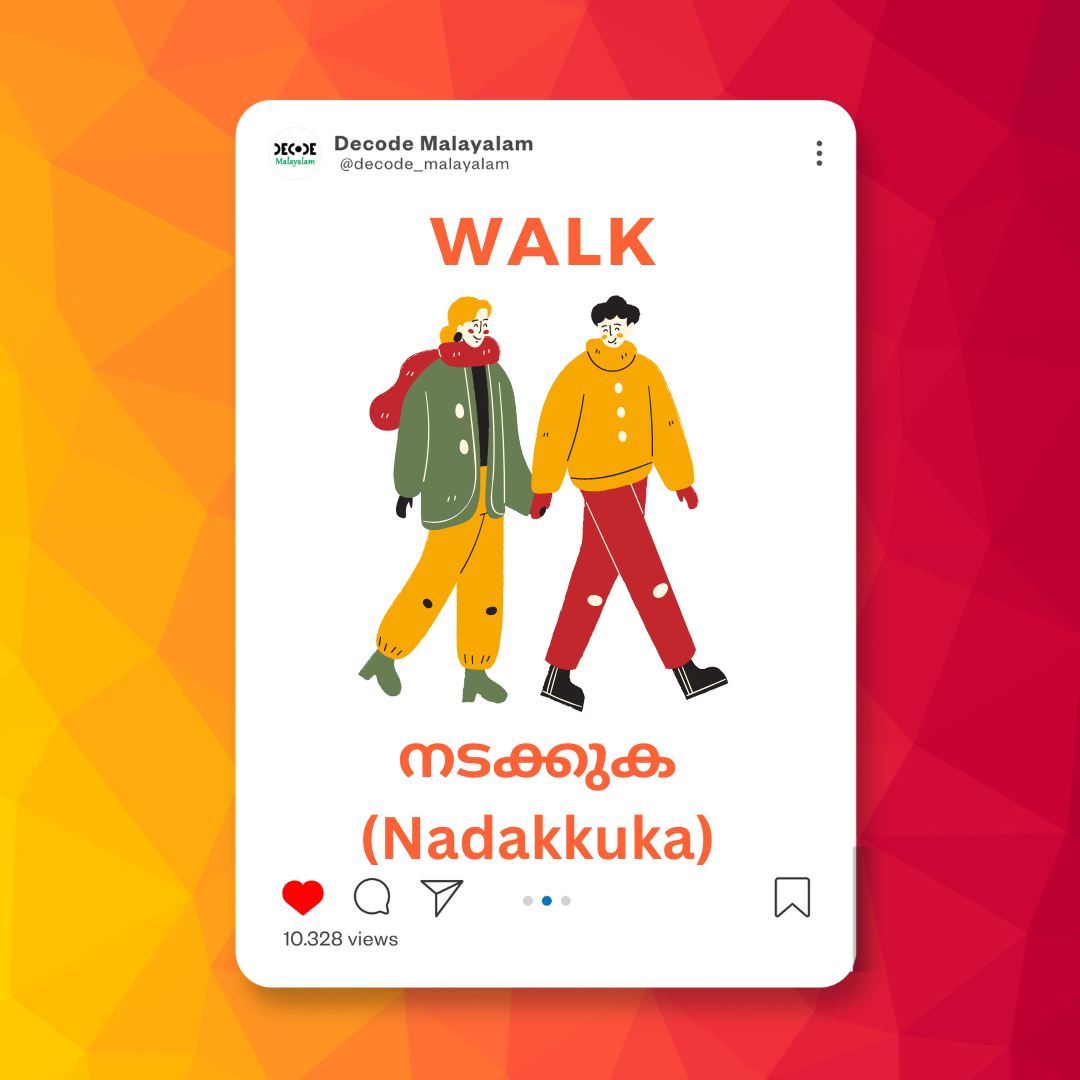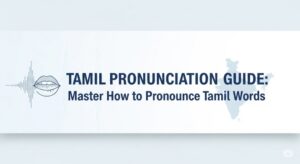Tamil Pronunciation Guide: Master How to Pronounce Tamil Words
Unlock the secrets to speaking Tamil clearly and confidently with this comprehensive guide for non-native speakers.

Introduction: Why Tamil Pronunciation Matters
Learning a new language is an incredible journey, and when it comes to Tamil, mastering **Tamil pronunciation** is the key to unlocking its beauty. While the Tamil script may look complex at first, understanding the sounds will make reading and speaking much easier. Many learners struggle with `how to pronounce Tamil words` accurately because some sounds don’t have direct equivalents in English. This guide will serve as your roadmap, breaking down each sound and providing practical tips to help you speak like a local. We will cover the basic building blocks, from vowels and consonants to unique sounds, and provide examples to make learning fun.
If you’re just starting your journey, be sure to check out our Basic Tamil Words for Beginners guide to get a head start!

Chapter 1: The Vowels (உயிரெழுத்துக்கள் – Uyireluththukkal)
Tamil has 12 main vowels, which are the life of the language. They are categorized as short vowels and long vowels. The length of a vowel is crucial, as it can change the meaning of a word. When learning Tamil alphabets, mastering these vowel sounds is your first and most important step.
Short Vowels (குறில் – Kuril)
These are short and quick sounds. Think of them as half the length of their English counterparts.
- அ (a): Like the ‘a’ in `about`.
- இ (i): Like the ‘i’ in `it`.
- உ (u): Like the ‘u’ in `put`.
- எ (e): Like the ‘e’ in `pet`.
- ஒ (o): Like the ‘o’ in `hot`.
Example: அப்பா (Appa) – Father. The ‘a’ sound is short and crisp.
Long Vowels (நெடில் – Nedil)
These sounds are held for a longer duration, approximately twice the length of a short vowel.
- ஆ (aa): Like the ‘a’ in `car`.
- ஈ (ee): Like the ‘ee’ in `see`.
- ஊ (oo): Like the ‘oo’ in `food`.
- ஏ (ae): Like the ‘a’ in `ace`.
- ஐ (ai): Like the ‘i’ in `ice`.
- ஓ (oe): Like the ‘o’ in `go`.
- ஔ (au): Like the ‘ow’ in `now`.
Example: ஆமை (Aamai) – Turtle. The ‘aa’ sound is long and stretched.

Chapter 2: The Consonants (மெய்யெழுத்துக்கள் – Meyyeluththukkal)
Tamil has 18 consonants, and some of them have a unique characteristic that can be challenging for non-native speakers. The key is to understand that a single consonant letter can represent multiple sounds depending on its position in a word.
The Six Plosives (வல்லினம் – Vallinam)
These are the hard consonants. Their pronunciation changes significantly.
- க (ka):
- At the beginning of a word or after another consonant: A hard ‘k’ sound, like in `king`. (e.g., கால் – Kaal, Leg)
- Between vowels: A soft ‘g’ sound, like in `gate`. (e.g., பகல் – Pagal, Day)
- ச (sa):
- At the beginning: A hard ‘ch’ sound, like in `chair`. (e.g., சத்தம் – Saththam, Sound)
- Between vowels: A soft ‘j’ sound, like in `judge`. (e.g., பேச்சு – Pechu, Speech)
- ட (ta):
- At the beginning: A hard ‘t’ sound, pronounced with the tongue curled back against the roof of the mouth. (e.g., தடங்கல் – Tadangal, Obstacle)
- Between vowels: A soft ‘d’ sound, similar to the ‘d’ in `door`. (e.g., படம் – Padam, Picture)
- த (tha):
- At the beginning: A hard ‘th’ sound, like in `thin`. (e.g., தமிழ் – Tamil)
- Between vowels: A soft ‘dh’ sound, like in `this`. (e.g., கதை – Kathai, Story)
- ப (pa):
- At the beginning: A hard ‘p’ sound, like in `pen`. (e.g., பணம் – Panam, Money)
- Between vowels: A soft ‘b’ sound, like in `book`. (e.g., அப்பா – Appa, Father)
- ற (ra):
- This is a unique sound, a hard ‘r’ that is often a trill. It’s often transliterated as ‘ra’ but sounds closer to ‘dra’ or ‘tta’. It’s a hard sound pronounced with the tip of the tongue hitting the hard ridge behind the upper teeth. (e.g., பறவை – Paravai, Bird). You can learn more about this and other words in our Birds Name in Tamil guide.

Chapter 3: The Nasals (மெல்லினம் – Mellinam) & The Medials (இடையினம் – Idaiyinam)
The Nasals (Soft Consonants)
These are the nasal sounds and are often paired with the plosives. They are a good way to practice your **Tamil pronunciation**.
- ங (nga): The ‘ng’ sound, like in `sing`. It is often combined with ‘ka’ to form words like மங்கை (Mangai) – Woman.
- ஞ (nja): The ‘gn’ sound, similar to the ‘ny’ in `canyon`. (e.g., ஞாலம் – Gnaalam, World)
- ண (na): The retroflex ‘n’, pronounced with the tongue curled back. (e.g., கணம் – Ganam, Moment)
- ந (na): The dental ‘n’, pronounced with the tongue against the teeth. (e.g., நல் – Nal, Good)
- ம (ma): Like the ‘m’ in `man`. (e.g., மழை – Mazhai, Rain)
- ன (na): The alveolar ‘n’, like the ‘n’ in `no`. (e.g., அனைத்து – Anaiththu, All)
The Medials (Middle Consonants)
These are a mixed group of sounds.
- ய (ya): Like the ‘y’ in `yes`. (e.g., யானை – Yaanai, Elephant).
- ர (ra): A soft trill, like the Spanish ‘r’. (e.g., ரதம் – Raththam, Chariot)
- ல (la): Like the ‘l’ in `light`. (e.g., நிலம் – Nilam, Land)
- வ (va): Like the ‘v’ in `van`. (e.g., வலி – Vali, Pain)
- ழ (zha): This is the most unique and iconic sound of Tamil. It’s a retroflex ‘l’ sound, made by curling the tongue back and touching the middle of the hard palate. Many describe it as ‘zha’ but it’s a sound that requires practice. (e.g., தமிழ் – Thamizh). Learn more about this in our article on the History of Tamil Language.
- ள (la): The alveolar ‘l’, similar to the ‘l’ in English `hello`. (e.g., வளை – Valai, Bracelet)

Chapter 4: Putting It All Together – Pronouncing Words
Now that you know the individual sounds, let’s practice combining them to see `how to pronounce Tamil words` in context. The key is to pay attention to where a consonant appears in a word.
Example 1: வணக்கம் (Vanakkam) – Hello / Greetings
- வ (va) – Like ‘v’ in van.
- ண (na) – The retroflex ‘n’.
- க்க (kka) – A double ‘ka’ sound, pronounced with a hard ‘k’.
- ம் (m) – A simple ‘m’ sound at the end.
Notice the subtle difference between the two ‘n’ sounds. You can find more phrases like this in our Common Tamil Phrases guide.
Example 2: நன்றி (Nandri) – Thank you
- ந (na) – The dental ‘n’ sound.
- ன் (n) – The simple ‘n’ sound.
- றி (ri) – The trilled ‘ri’ sound.
This word is a great way to practice the dental and trilled sounds that are common in Tamil.
Pronunciation Tip: Minimal Pairs
Minimal pairs are words that are almost identical but have one sound difference that changes the meaning. Practicing these can dramatically improve your pronunciation.
- அறம் (Aram) – Virtue (with a trilled ‘ra’)
- அரம் (Aram) – File (with a soft ‘ra’)
- வலி (Vali) – Pain (with ‘l’)
- வளி (Vaḷi) – Air (with ‘ḷ’)
Chapter 5: Final Pro-Tips for Your Tamil Pronunciation Journey
- Listen Intently: The best way to learn is by listening. Watch Tamil movies, listen to songs, and try to mimic the sounds you hear. Our blog has many articles to help, like our guide on Learning Tamil Through English.
- Record Yourself: Say a word or a sentence, record it, and compare it to a native speaker. This is a great way to identify where you need to improve.
- Practice with Native Speakers: If you have the opportunity, speak with native Tamil speakers. They will be happy to help you correct your pronunciation.
- Use Transliteration Cautiously: While transliteration is a useful starting point, remember that it is just a rough guide. Rely on listening and the rules in this guide to truly master the sounds.
You Might Also Be Interested In:
Ready to perfect your Tamil accent?
Consistent practice is the key to speaking Tamil fluently and confidently. Keep this guide bookmarked and come back to it whenever you need a quick refresher. Happy learning!
Start Your Next Lesson!

